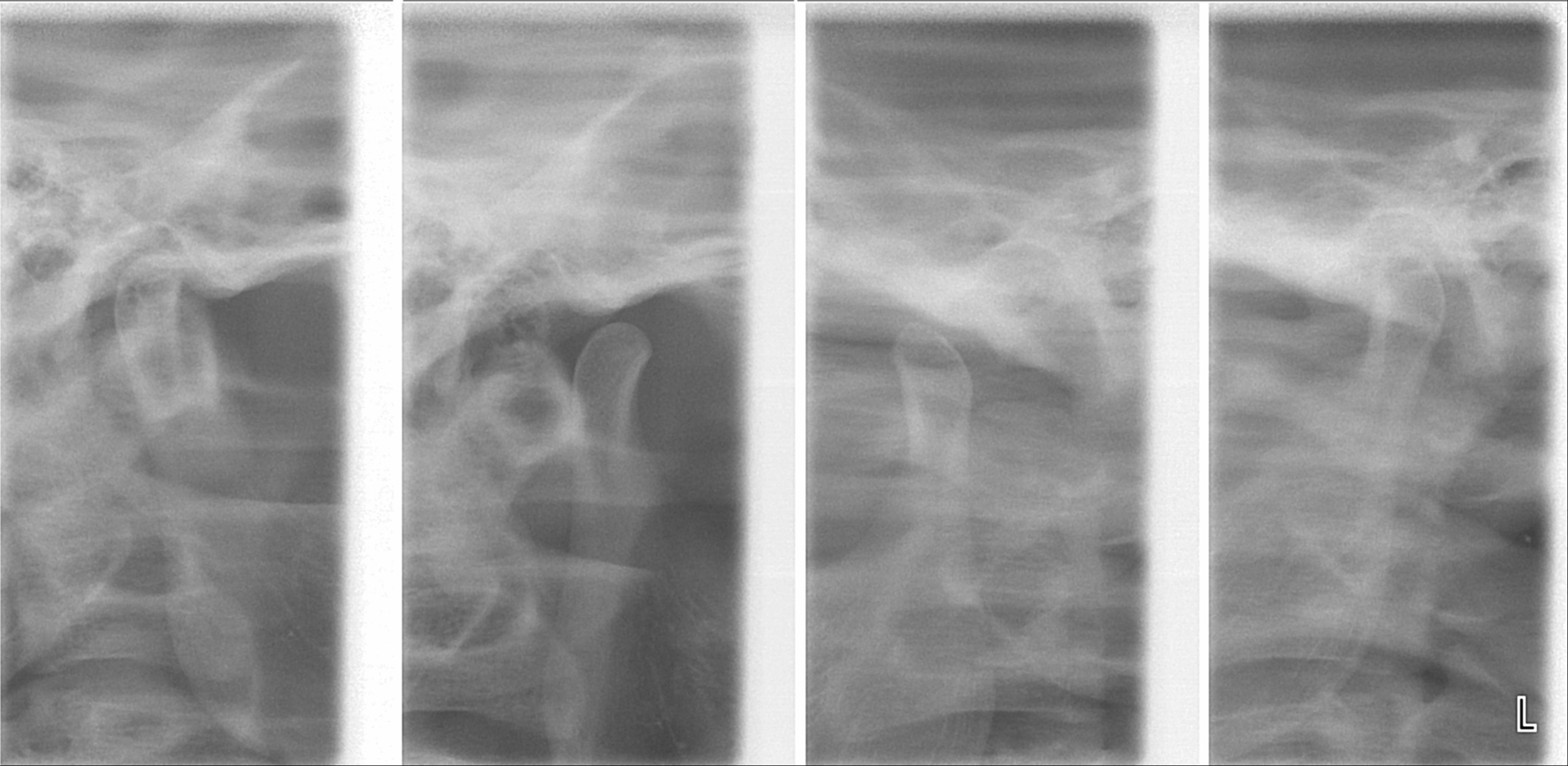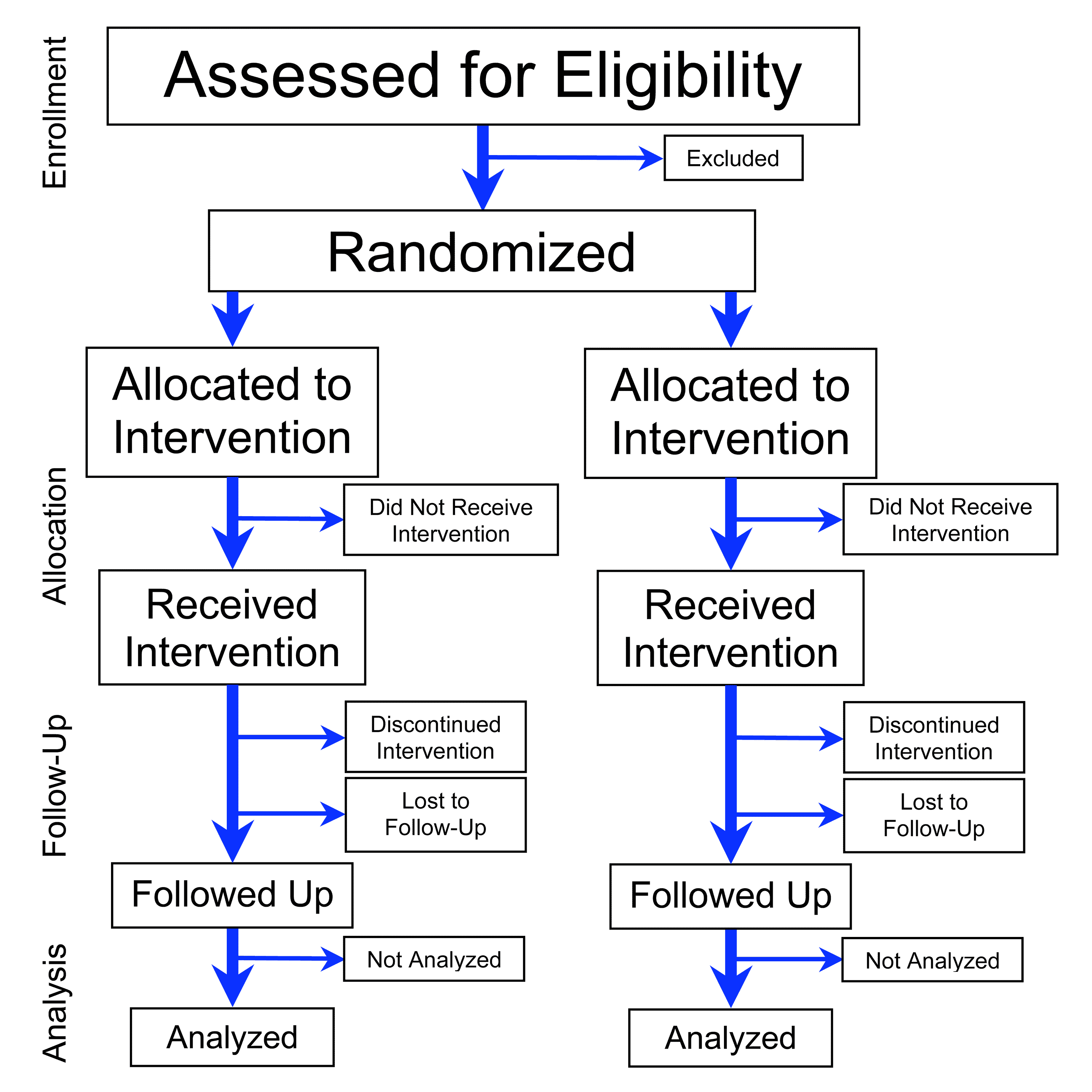|
Nociceptive Trigeminal Inhibition Tension Suppression System
The Nociceptive trigeminal inhibition tension suppression system (abbreviated to NTI-TSS, or NTI-tension suppression system), is a type of occlusal splint that is claimed to prevent headache and migraine by reducing sleep bruxism (night-time tooth clenching and grinding). Sleep bruxism is purported to lead to a hyperactivity of the trigeminal nerve, often triggering typical migraine events. The hyperactivity of trigeminal neurons during trigemino-nociceptive stimulation is a proposed cause of migraine and is correlated with imaging of migraine sufferers. The objective of the NTI-TSS is to relax the muscles involved in clenching and bruxing, thus supposedly diminishing the chances for migraines and tension headaches to develop through the reduction in nociceptive stimulation normally caused by parafunctional activity. It is sometimes used for temporomandibular joint dysfunction Temporomandibular joint dysfunction (TMD, TMJD) is an umbrella term covering pain and dysfunction o ... [...More Info...] [...Related Items...] OR: [Wikipedia] [Google] [Baidu] |
Occlusal Splint
A mouthguard is a protective device for the mouth that covers the teeth and gums to prevent and reduce injury to the teeth, arches, lips and gums. An effective mouthguard is like a crash helmet for teeth and jaws. It also prevents the jaws coming together fully, thereby reducing the risk of jaw joint injuries and concussion. A mouthguard is most often used to prevent injury in contact sports, as a treatment for bruxism or TMD, or as part of certain dental procedures, such as tooth bleaching or sleep apnea treatment. Depending on application, it may also be called a mouth protector, mouth piece, gumshield, gumguard, nightguard, occlusal splint, bite splint, or bite plane. The dentists who specialise in sports dentistry fabricate mouthguards. Types Stock or ready made Manufactured in a pre-formed shape in various sizes but with nearly no adjustment to fit the user's mouth. The only adjustment possible is minor trimming with a knife or scissors. Mouth adapted or "boil and bite" ... [...More Info...] [...Related Items...] OR: [Wikipedia] [Google] [Baidu] |
Headache
Headache is the symptom of pain in the face, head, or neck. It can occur as a migraine, tension-type headache, or cluster headache. There is an increased risk of depression in those with severe headaches. Headaches can occur as a result of many conditions. There are a number of different classification systems for headaches. The most well-recognized is that of the International Headache Society, which classifies it into more than 150 types of primary and secondary headaches. Causes of headaches may include dehydration; fatigue; sleep deprivation; stress; the effects of medications (overuse) and recreational drugs, including withdrawal; viral infections; loud noises; head injury; rapid ingestion of a very cold food or beverage; and dental or sinus issues (such as sinusitis). Treatment of a headache depends on the underlying cause, but commonly involves pain medication (especially in case of migraine or cluster headache). A headache is one of the most commonly experi ... [...More Info...] [...Related Items...] OR: [Wikipedia] [Google] [Baidu] |
Migraine
Migraine (, ) is a common neurological disorder characterized by recurrent headaches. Typically, the associated headache affects one side of the head, is pulsating in nature, may be moderate to severe in intensity, and could last from a few hours to three days. Non-headache symptoms may include nausea, vomiting, and sensitivity to light, sound, or smell. The pain is generally made worse by physical activity during an attack,as PDF although regular may prevent future attacks. Up to one-third of people affected have |
Bruxism
Bruxism is excessive teeth grinding or jaw clenching. It is an oral parafunctional activity; i.e., it is unrelated to normal function such as eating or talking. Bruxism is a common behavior; reports of prevalence range from 8% to 31% in the general population. Several symptoms are commonly associated with bruxism, including aching jaw muscles, headaches, hypersensitive teeth, tooth wear, and damage to dental restorations (e.g. crowns and fillings). Symptoms may be minimal, without patient awareness of the condition. If nothing is done, after a while many teeth start wearing down until the whole tooth is gone. There are two main types of bruxism: one occurs during sleep (nocturnal bruxism) and one during wakefulness (awake bruxism). Dental damage may be similar in both types, but the symptoms of sleep bruxism tend to be worse on waking and improve during the course of the day, and the symptoms of awake bruxism may not be present at all on waking, and then worsen over the day. ... [...More Info...] [...Related Items...] OR: [Wikipedia] [Google] [Baidu] |
Trigeminal Nerve
In neuroanatomy, the trigeminal nerve (literal translation, lit. ''triplet'' nerve), also known as the fifth cranial nerve, cranial nerve V, or simply CN V, is a cranial nerve responsible for Sense, sensation in the face and motor functions such as biting and chewing; it is the most complex of the cranial nerves. Its name ("trigeminal", ) derives from each of the two nerves (one on each side of the pons) having three major branches: the ophthalmic nerve (V), the maxillary nerve (V), and the mandibular nerve (V). The ophthalmic and maxillary nerves are purely sensory, whereas the mandibular nerve supplies motor as well as sensory (or "cutaneous") functions. Adding to the complexity of this nerve is that Autonomic nervous system, autonomic nerve fibers as well as special sensory fibers (taste) are contained within it. The motor division of the trigeminal nerve derives from the Basal plate (neural tube), basal plate of the embryonic pons, and the sensory division originates in t ... [...More Info...] [...Related Items...] OR: [Wikipedia] [Google] [Baidu] |
Tension Headache
Tension headache, also known as stress headache, or tension-type headache (TTH), is the most common type of primary headache. The pain can radiate from the lower back of the head, the neck, eyes or other muscle groups in the body typically affecting both sides of the head. Tension-type headaches account for nearly 90% of all headaches. Pain medications, such as paracetamol and ibuprofen, are effective for the treatment of tension headache. Tricyclic antidepressants appear to be useful for prevention. Evidence is poor for SSRIs, propranolol and muscle relaxants. As of 2016, tension headaches affect about 1.89 billion people and are more common in women than men (23% to 18% respectively). Signs and symptoms According to the third edition of the International Classification of Headache Disorders, the attacks must meet the following criteria: * A duration of between 30 minutes and 7 days. * At least two of the following four characteristics: ** bilateral location ** pressing o ... [...More Info...] [...Related Items...] OR: [Wikipedia] [Google] [Baidu] |
Temporomandibular Joint Dysfunction
Temporomandibular joint dysfunction (TMD, TMJD) is an umbrella term covering pain and dysfunction of the muscles of mastication (the muscles that move the jaw) and the temporomandibular joints (the joints which connect the mandible to the skull). The most important feature is pain, followed by restricted mandibular movement, and noises from the temporomandibular joints (TMJ) during jaw movement. Although TMD is not life-threatening, it can be detrimental to quality of life; this is because the symptoms can become chronic and difficult to manage. In this article, the term ''temporomandibular disorder'' is taken to mean any disorder that affects the temporomandibular joint, and ''temporomandibular joint dysfunction'' (here also abbreviated to TMD) is taken to mean symptomatic (e.g. pain, limitation of movement, clicking) dysfunction of the temporomandibular joint. However, there is no single, globally accepted term or definition concerning this topic. TMDs have a range of caus ... [...More Info...] [...Related Items...] OR: [Wikipedia] [Google] [Baidu] |
Randomized Control Trial
A randomized controlled trial (or randomized control trial; RCT) is a form of scientific experiment used to control factors not under direct experimental control. Examples of RCTs are clinical trials that compare the effects of drugs, surgical techniques, medical devices, diagnostic procedures or other medical treatments. Participants who enroll in RCTs differ from one another in known and unknown ways that can influence study outcomes, and yet cannot be directly controlled. By randomly allocating participants among compared treatments, an RCT enables ''statistical control'' over these influences. Provided it is designed well, conducted properly, and enrolls enough participants, an RCT may achieve sufficient control over these confounding factors to deliver a useful comparison of the treatments studied. Definition and examples An RCT in clinical research typically compares a proposed new treatment against an existing standard of care; these are then termed the 'experimenta ... [...More Info...] [...Related Items...] OR: [Wikipedia] [Google] [Baidu] |


_1.jpg)




